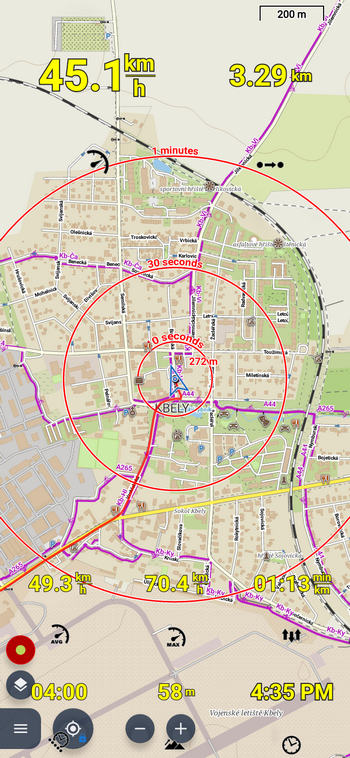
To visualize data on a map, the analytical data and the spatial data must have a relationship. For example, you can add a map that displays just store locations in a city. For example, spatial data defines the locations of cities in an area whereas analytical data provides the population for each city.Ī map must have spatial data analytical data is optional. Spatial data defines the appearance of the map whereas analytical data provides the values that are associated with the map.

Adding Data to a MapĪ map uses two types of data: spatial data and analytical data. For more information, see Map Wizard and Map Layer Wizard (Report Builder and SSRS).Īfter you preview the map in your report, you will probably want to adjust the map view, change the way your data varies the display of each layer, provide legends to help your users interpret the data, and adjust the resolution to provide a good viewing experience for your users.įor more information, see Plan a Map Report (Report Builder and SSRS). The wizards provide an easy way to get started. Run the Map Layer wizard to create additional layers or modify existing layers. This adds the first map layer to the map. Run the Map wizard to add a map to your report. This includes connection strings to spatial data sources, specifying the type of spatial data that you need, and making sure that your report data includes match fields that associate the spatial data and analytical data. The style that you select depends both on the data that you want to visualize and the type of spatial data that you use.Ĭollect the information that you must have to specify spatial data sources, spatial data, analytical data sources, and analytical data. Analytical color maps vary map elements based on ranges of analytical data. Bubble maps vary bubble size based on a single analytical value. For example, to display relative annual store sales on a bubble map, you need store name and store sales for analytical data and store name and store location as latitude and longitude for spatial data.ĭecide on the style of map you want.

To add a map to your report, here is a list of the general steps to follow:ĭetermine which analytical data that you want to display and what types of spatial data that you need. You can save maps separate from a report as report parts.

To start to use a map immediately, see Tutorial: Map Report (Report Builder) or Report Samples (Report Builder and SSRS). The following illustration shows the basic parts of a map. You can add a map that displays locations only, or a bubble map that varies bubble size based on number of households for an area, or a marker map that varies marker style based on the most profitable product for each store, or a line map that displays routes between stores.Ī map contains a title, a viewport that specifies the center point and scale, an optional Bing map tile background for the viewport, one or more layers that display spatial data, and a variety of legends that help users interpret the data visualizations. The type of map that you select depends on what information that you want to communicate in your report. To visualize business data against a geographical background, you can add a map to your paginated report.

APPLIES TO: ✔️ Microsoft Report Builder (SSRS) ✔️ Power BI Report Builder ✔️ Report Designer in SQL Server Data Tools


 0 kommentar(er)
0 kommentar(er)
